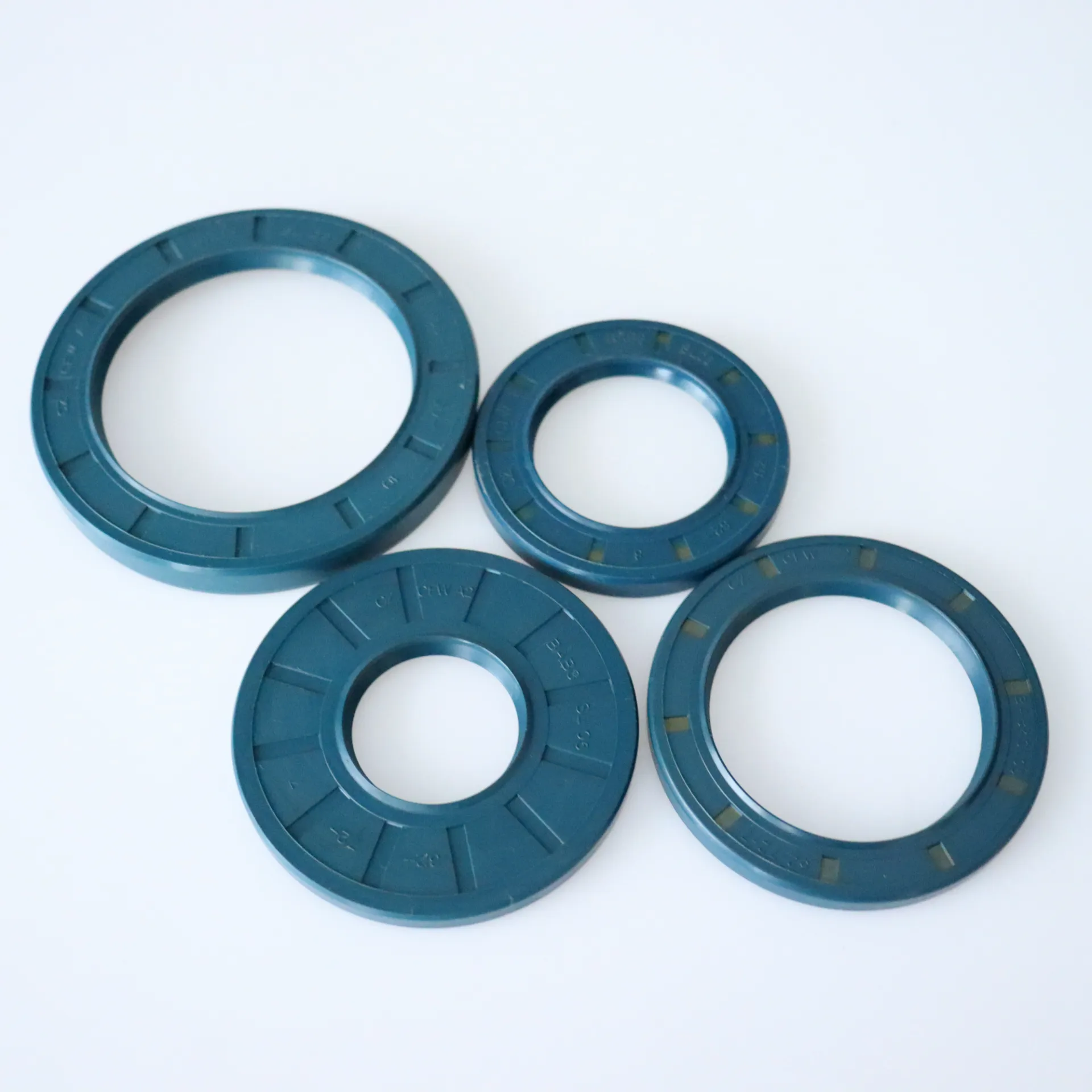ኅዳር . 28, 2024 01:49 Back to list
Choosing the Right Seals for Hydraulic Gear Pumps for Optimal Performance and Durability
Understanding Hydraulic Gear Pump Seals Their Importance and Maintenance
Hydraulic gear pumps are widely used in various industrial applications due to their efficiency, reliability, and compact design. They convert mechanical energy into hydraulic energy, enabling the smooth operation of hydraulic systems. However, the performance of these pumps heavily relies on the seals used in their construction. In this article, we will delve into the importance of hydraulic gear pump seals, their types, and maintenance practices that can enhance their longevity.
The Role of Hydraulic Gear Pump Seals
Hydraulic gear pump seals are crucial components that prevent fluid leakage and maintain the proper pressure within the hydraulic system. Their primary function is to create a barrier between the moving parts of the pump, ensuring that hydraulic fluid remains contained and flows effectively through the system. Without these seals, the hydraulic fluid could escape, leading to reduced efficiency, increased wear on components, and potential system failures.
Moreover, effective sealing is essential for the overall safety of hydraulic systems. Leaks not only result in fluid loss but can also pose risks of contamination in other areas of operation. Additionally, hydraulic fluids under high pressure can be hazardous to both equipment and personnel. Hence, ensuring proper sealing in hydraulic gear pumps is non-negotiable for safe and efficient operations.
Types of Hydraulic Gear Pump Seals
Various types of seals are used in hydraulic gear pumps, each designed to cater to specific operational requirements. The most common types include
1. O-Rings These are circular seals made from elastomeric materials. They are employed to create a tight seal in static joints and dynamic applications. O-rings are versatile and can adapt to various operating conditions, making them a popular choice in hydraulic systems.
2. Gaskets Gaskets are flat seals used between two mating surfaces to prevent leakage. They are suitable for larger surfaces where a more extensive sealing surface is required to manage the pressures involved.
3. Lip Seals These seals have a lip that maintains contact with the shaft, preventing fluid from leaking out. Lip seals are commonly used in rotating applications and are adept at handling high pressures.
hydraulic gear pump seals

Each type of seal has its advantages and limitations, and selecting the appropriate seal depends on factors such as fluid compatibility, pressure, temperature, and the specific application of the hydraulic gear pump.
Maintaining Hydraulic Gear Pump Seals
To ensure the longevity and efficiency of hydraulic gear pump seals, regular maintenance and monitoring are essential. Here are some best practices
1. Regular Inspection Conduct routine inspections of the seals for signs of wear, damage, or leakage. Catching issues early can prevent bigger problems down the road.
2. Proper Installation Ensure that seals are correctly installed according to manufacturer specifications. Misalignment or improper fitting can lead to premature failure.
3. Monitor Fluid Quality Contaminants in hydraulic fluids can degrade seals over time. Regularly check the fluid quality and replace it as needed to maintain the integrity of the seals.
4. Temperature Management Ensure that the operating temperatures remain within the recommended range for the seals. Excessive heat can accelerate wear and lead to failure.
5. Follow Manufacturer Guidelines Always adhere to the maintenance schedules and recommendations provided by the pump manufacturer. This ensures optimal performance and extends the lifespan of the seals.
Conclusion
In summary, hydraulic gear pump seals play a critical role in maintaining the efficiency, safety, and longevity of hydraulic systems. Understanding the different types of seals and implementing rigorous maintenance practices can significantly enhance the performance and reliability of hydraulic gear pumps. By prioritizing the health of these seals, industries can ensure seamless operations and reduce the risk of costly downtime due to system failures.
-
The Trans-formative Journey of Wheel Hub Oil Seals
NewsJun.06,2025
-
Graphene-Enhanced Oil Seals: Revolutionizing High-Pressure Oil Sealing
NewsJun.06,2025
-
Future of Hydraulic Sealing: Advanced Intelligent TCN Oil Seals
NewsJun.06,2025
-
Don’t Let a Broken TCV Oil Seal Ruin Your Day
NewsJun.06,2025
-
Bio-Inspired Dust Seals for Better Sealing Performance
NewsJun.06,2025
-
Biodegradable and Sustainable Hydraulic Seal Materials
NewsJun.06,2025
-
Top Oil Seal Solutions for Your Industrial Needs
NewsMay.22,2025
Products categories
















